An 18-wheeler makes a U-turn on Flatbush Avenue. That’s not a setup to a joke; I watched it with my own two eyes. Based on what you might know about big trucks and Brooklyn, you may realize that this seems like an insurmountable task and incredibly daring. Clearly, this turn was necessary for the driver’s destination. Why else would someone attempt this? Ultimately, even with hundreds of honking cars and onlookers, the driver successfully rerouted the truck -- with a carefully managed maneuver that didn’t even need a do-over. The driver knew what he needed to do to be successful; clearly he received ample training and had great experience on the road.
How fitting to watch such a memorable turn in direction happen when I was traveling to visit a number of excellent, student-centered schools, who are rerouting the field of Jewish day school education.
At Luria Academy of Brooklyn in Prospect Heights, teachers structure learning activities that reflect their commitment to building trust between them and their students. Strong, trusting relationships allow the Luria staff members to cultivate student autonomy to optimize learning. Examples of this autonomy include allowing students to opt out of class conversations in order to prepare further for appropriate participation. Students also are allowed to choose the scaffolding they need as they need it such as one-on-one assistance. In order to do this effectively, the staff members coach the students on a daily basis to develop self-awareness, self-regulation, and resilience through multiple small exercises.
What you see is what you get at Lamplighters Yeshivah in Crown Heights, Brooklyn -- literally. Administrators, teachers, parents and students have entered into a deliberate brit/covenant where they rely on the benefits of live-streaming every classroom for review. What stands out and is essential is that there are no risks or punitive measures traditionally associated with this level of radical transparency. The visible classroom and the concrete data available on video lead to understanding often invisible patterns. This permits the teaching staff to generate systemic structures that create an environment of success in partnership with the student. Once the environment and teacher expectation meet the child’s needs, a more constructive outcome emerges. This approach strengthens students’ education by providing a holistic tool to improve reflective practice.
Additionally at Lamplighters, teachers have actualized the ultimate expression of fostering a sense of relatedness by recognizing the extended reach and stretch of their commitment to student learning. The teachers proactively resolved a student-identified problem in what is commonly known as the weakest link in Jewish education -- t’fillah/prayer. Students lamented to teachers that they did not find meaning in the Yamim Noraim/High Holy Days. Rather than just functioning as a listening ear, the teachers jumped into action. They created a davening space in the school building where they could facilitate student participation in leading davening/praying and layning/chanting Torah for Shabbat and Yom Tov tefillot. This prayer space grew in popularity, becoming a mainstay for young men and women students, their families, and other staff members. Strengthening the souls of the community and the ties that bind them together has created benefits in the classroom, as students feel greater personal connection, purpose, and significance. Now the Middle School wants to make the weekly cholent for a kiddush after services.
Netivot Montessori in East Brunswick, New Jersey, turns mastery in Chumash/Bible learning on its head. They use symbols akin to road signs to navigate the text through the structure of grammar. From the moment students are first introduced to texts at an early age, they learn to break down the p’sukim/verses through a grammatical lens and translate using the most frequently used shorashim/word roots. Through consistent use, the students become experts in decoding, a prerequisite for discussing the meaning and depth found in the text. The environment reflects students’ deep connections with the teachers that spur a progression towards mastery. Students’ joy in learning and comfort in their learning spaces are quite apparent -- from Parasha/weekly Torah portion boxes with symbolic representations of events in the weekly Torah reading to the school rabbit, which freely hops through the classrooms without causing any distraction.
In Lower Merion, outside of Philadelphia, Kohelet Yeshiva Lab School individualizes education for each student. Data collection drives differentiation, as teachers review each student’s outputs to figure out the best next steps for the learner. Using the cutting edge platform, AltSchool, the students experience autonomy, while embracing challenge. Choice empowers. In order to encourage a student’s growth, each student has a Chevre/social grouping, as well as an ability grouping. The teachers partner with students to push them into their zone of proximal development -- their highest level of challenge with an adult involved -- in order to grow further. This reinforces a quote from their Principles of Learning, “Personalized learning maximizes student motivation and achievement.” The school has crafted a learning journey whose destination is the intersection of individualized challenge, Project-Based Learning, reflection time, and physical activity.
I enjoyed a charmed voyage seeing truly excellent schools buoyed by enthusiastic and dedicated staff. In each case, someone had a vision to transcend the usual offerings in our Day School world and executed the idea despite the risks. Rerouting was seen as essential. In a system where everyone flows in one direction, opposing the tide of mediocrity is heroic. These schools demonstrate that the standard model is not inevitable. We can realize that we are traveling in the wrong direction and make the difficult turns. We can change our destination in Jewish education. We might train teachers differently. We might try different goal sets, different school cultures, or different ways to imagine how students could learn. You can take a risk and something bad could happen or take a risk and something good could happen. I assure you that if you do not take a risk, nothing happens.





